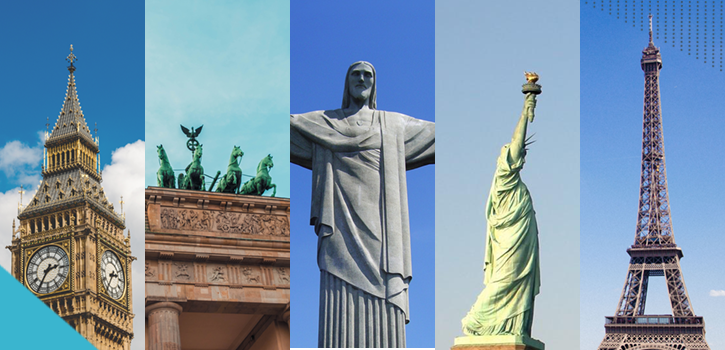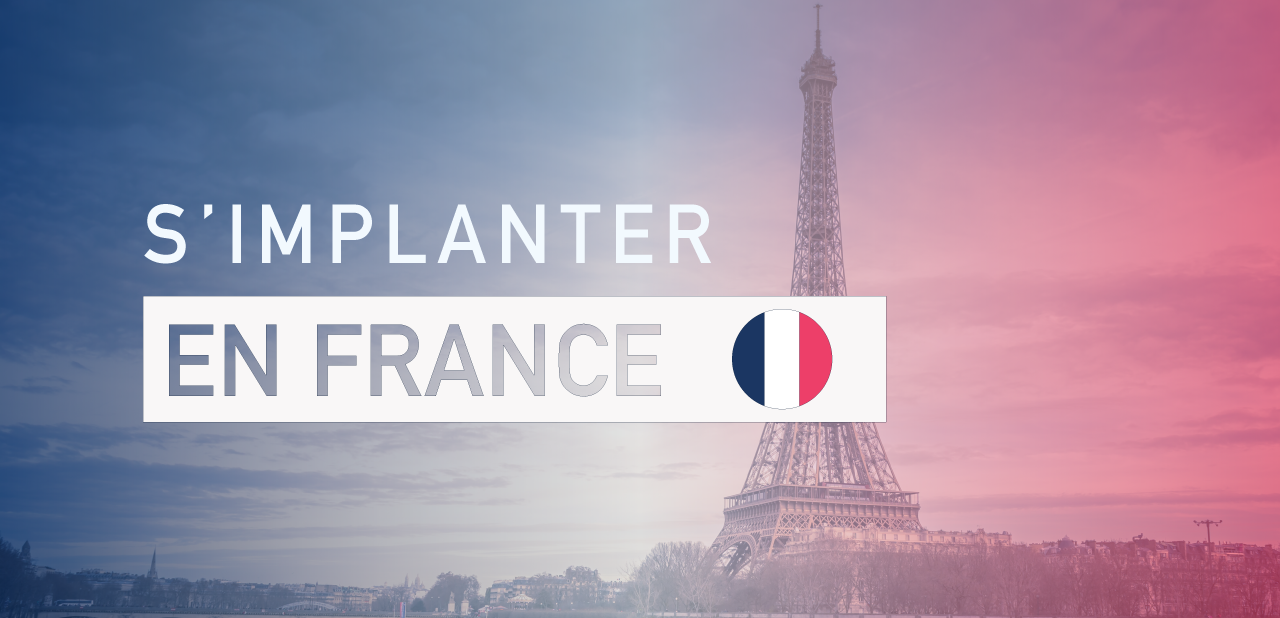Ahead of the Davos Forum, a few days ago in Versailles, the “Choose France Summit” took place. This was an opportunity for French president Emmanuel Macron to meet the heads of various multinationals and promote “Made in France”.
A well-proven and marketed operation; #ChooseFrance quickly became very popular on Twitter during the day of the summit and more than 3.5 billion euros of investments were announced by companies such as Toyota, Facebook, SAP, Manpower, Google and others.
But of course, France is not the only country to promote itself in this way: this article presents a synopsis of initiatives from around the world to attract foreign direct investment (FDI).
What is Foreign Direct Investment?
FDI is, put simply, cross-border capital movements. It can take the form of the acquisition of a foreign company, the creation of a subsidiary or capital injection to increase the production capacity of a subsidiary, or to provide support in the event of financial difficulties.
Reducing costs, tax optimisation and breaking into new markets for investing countries, versus growth and job creation opportunities for the country receiving the investment: these are the principle motivations at the heart of FDI. These investments are a strong indicator of the economic attractiveness of a country and the 1980s saw an explosion in these investments.
What are the policies and context needed to attract foreign investments?
Of course, campaigns to “promote” a country must be based around an economic, structural and political context that is attractive to the foreign company. Labour costs, infrastructure quality, company taxes, innovation, economic growth… all these are factors that are used by governments to attract foreign investment.
In 2016, the top 10 countries receiving FDI were the following, according to the UNCTAD (the United Nations Conference on Trade and Development):
- USA
- UK
- China
- Hong Kong
- Singapore
- Brazil
- France
- Netherlands
- Australia
- India
Among these countries, certain of them (such as China or India, for example), hold great attractiveness, such as the cost of labour that draws many multinationals, encouraging them to delocalise their production sites, for example. But for countries with higher GDP, such as the USA, western European countries and Australia, it can be harder to attract foreign investment.
A Tour of the World for initiatives taken to attract foreign investment
Countries can actively promote their image to foreign investors, in particular via organisations and governmental agencies, dedicated events or campaigns that have a greater or lesser degree of originality. To do this, countries often choose to highlight the advantages of their structural and legislative frameworks, the concrete benefits that might attract foreign companies to invest, the quality of life in the country or the size of the market…
In the USA:
In the country of Uncle Sam, the reference in terms of investment is the programme SelectUSA (previously Invest in America), managed by the U.S. Department of Commerce. Since its creation in 2007, the organisation has generated more than 25 billion dollars of investment in the USA.
Each year, SelectUSA organises the “Select USA Investment Summit”, which, based around a key thematic area of reflection, aims above all to promote FDI in the USA.
In Brazil:
Brazil is historically the Latin American country with the most FDI. The country also has government organisations entirely dedicated to businesses and investments in Brazil, in order to attract foreign investors: the website Invest & Export Brazil, but also APEX Brazil, a Brazilian agency for promoting commerce and investments.
Also worth noting: the Latin America Investment Conference (known also by its local acronym, CLAIN), which last took place in September 2017.
In France:
Cock-a-doodle-do! During the past few years (and even more since the election of President Macron), we note increased interest by foreign investors in France. Several organisations are at the source of this return to grace for the French nation. First of all, the banner French Tech, which extends beyond French borders, starting with Las Vegas CES (France was the second most represented nation, with over 300 startups).
Then, the recent creation of the largest startup campus in the world, Station F, founded by Xavier Niel and headed up by Roxanne Varza, also creates a very positive and innovative image for France.
Finally, the background work carried out by Business France (an entity created by the partnership between Ubifrance and the French Agency for International Investment) who, through communications campaigns, white papers and videos, consistently shows off France’s assets to the whole world.
In the UK:
If there ever was a country that should probably be working twice as hard to attract foreign investment, it would be, without doubt, the UK. Since the Brexit vote, investors and foreign companies have legitimately had worries about the economic future of the country: sluggish growth, inflation, etc.
The Department for International Trade therefore has its work cut out to restore the UK’s image.
In Germany:
Germany Trade and Invest is the German agency for commerce and investment. A magazine dedicated to Business in Germany and various video testimonials from foreign investors, along with other material, make up the content created by this agency dedicated to promoting Germany and attracting foreign investment.
Furthermore, the “Made in Germany” label, which formerly had negative connotations, since in the 1890s it demonstrated to British consumers that the product was imported from Germany rather than being made in the UK, is nowadays a synonym for reliability and solidity. It is now the label of this kind that is most admired in the world. This is an endorsement that German companies don’t hesitate to take advantage of, as was shown, for example, by advertising carried out for the brand Opel in France.
Elsewhere in the world: a summary of unusual campaigns
Outside of traditional governmental agencies and institutional films, some countries have got themselves on the map thanks to unusual or original campaigns to promote their country and attract foreign investment.
It is, without doubt, Sweden who wins first prize in this area. In 2016, Sweden’s Tourist Association created a special phone number, “The Swedish Number”. What was the concept? Anyone in the world could call this number and speak randomly to a Swedish citizen. What was the idea behind it? The Swedish people themselves are best placed to advertise their quality of life, their impeccable economy, etc. For the 79 days during which the number was active, almost 200,000 calls were made.
In 2011, the Swedish Institute (the governmental agency for promoting Sweden) also created the first Twitter account managed each week by a different Swedish citizen, @sweden. This was followed by the creation of similar accounts in other countries, such as People Of Finland and We Are Australia.
Australia also made its mark in 2013, thanks to the campaign launched by Tourism Australia: “Best Jobs in the World”. Over 600,000 applications from 196 countries were received for jobs such as South Australia’s Wildlife Caretaker, Queensland’s Park Ranger and Victoria’s Lifestyle Photographer.
And to finish, a bonus video from the Netherlands, published just after the inauguration of Donald Trump in the White House. A great lesson in offbeat humour!







